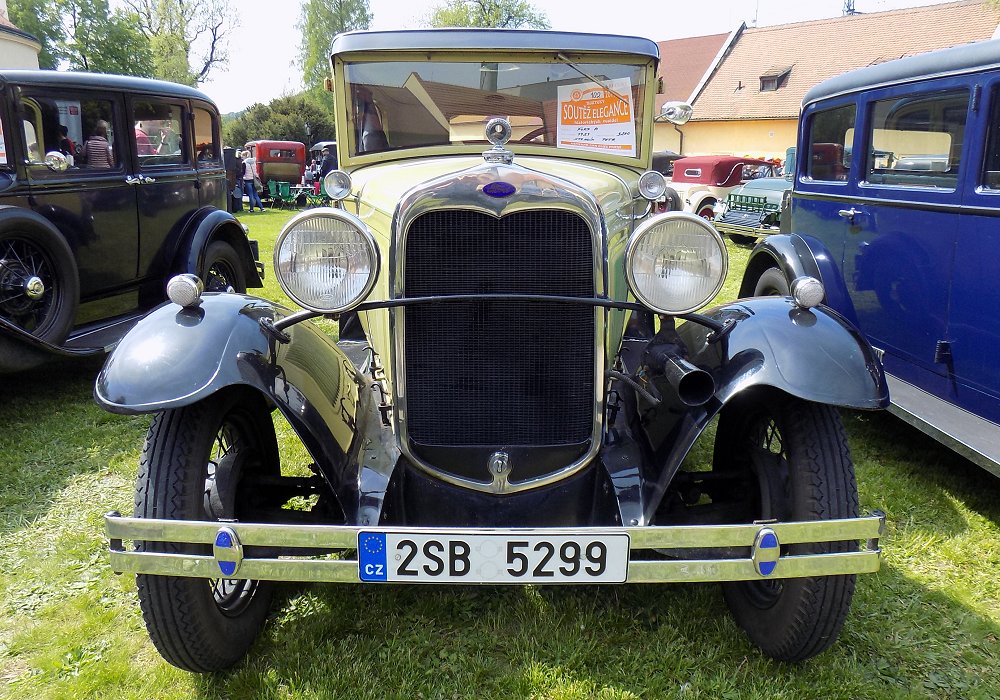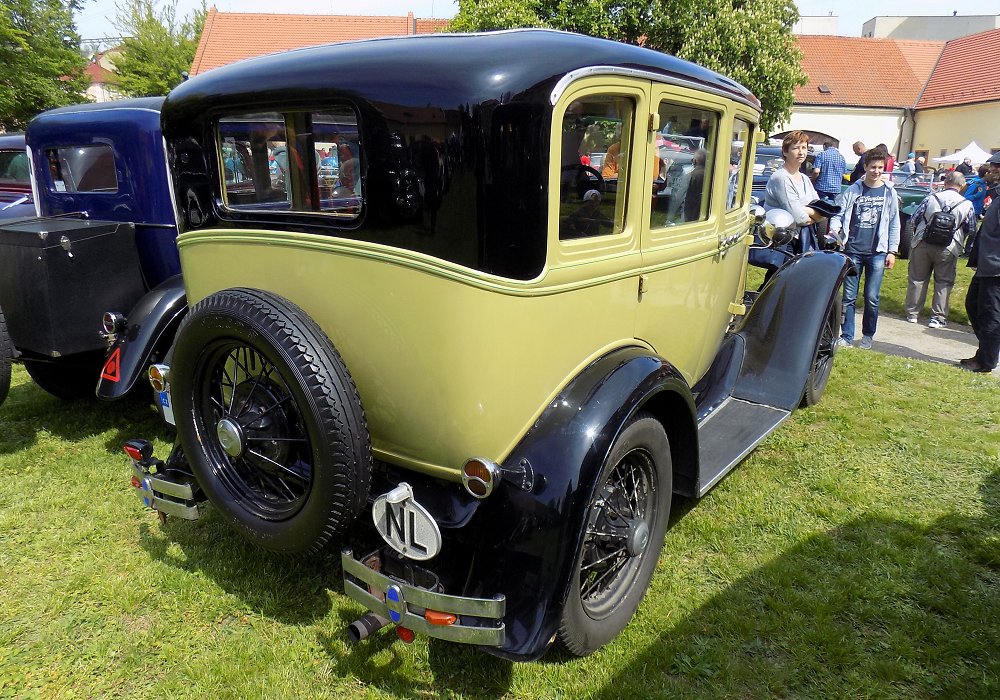Description
The Ford Model A Fordor Sedan was one of the most practical and family-oriented body styles of the Model A range, built between 1928 and 1931. As the name suggests, the Fordor was a four-door sedan, designed to provide easy access and comfortable seating for families and groups, making it one of the most versatile offerings in Ford’s lineup. At a time when closed cars were becoming increasingly desirable, the Fordor Sedan offered both refinement and practicality at an affordable price.
The Fordor came in several trim levels, including Standard, Special, and later Deluxe versions, each offering varying degrees of comfort and styling. It featured seating for five passengers, with wide-opening front and rear doors that made it more convenient than the two-door Tudor Sedan. The upright body style gave generous headroom, while the large windows made the cabin light and airy. Interiors were trimmed in durable mohair or cloth upholstery, with the Deluxe versions receiving finer materials, better hardware, and small luxury touches that appealed to buyers seeking more than just basic transport.
Underneath, the Fordor Sedan was mechanically identical to the rest of the Model A family. It was powered by the 201 cubic inch (3.3-liter) inline four-cylinder engine producing 40 horsepower, paired with a three-speed manual transmission. This gave it a cruising speed of around 50–55 mph, a dramatic improvement over the Model T and perfectly suited to the growing road networks of the late 1920s. Mechanical brakes on all four wheels, a stronger chassis, and conventional driver controls made the car safer and more user-friendly than its predecessor.
The Fordor Sedan was priced higher than the Tudor due to its more complex bodywork and extra doors, with prices ranging from about $600 to $660 depending on trim. Even so, it remained affordable compared to competitors, and its practicality made it a popular choice among families, professionals, and businesses that wanted a respectable and reliable car with plenty of space.
By the time Model A production ended in 1931, the Fordor Sedan had become one of the most recognizable and enduring body styles of the era. Today, it remains highly sought after by collectors for its balance of practicality, elegance, and historical significance. The Fordor Sedan represents the moment when Ford moved decisively into the modern age, offering cars that were not only affordable but also comfortable and stylish enough to compete directly with Chevrolet, Dodge, and other rivals in the American market.


